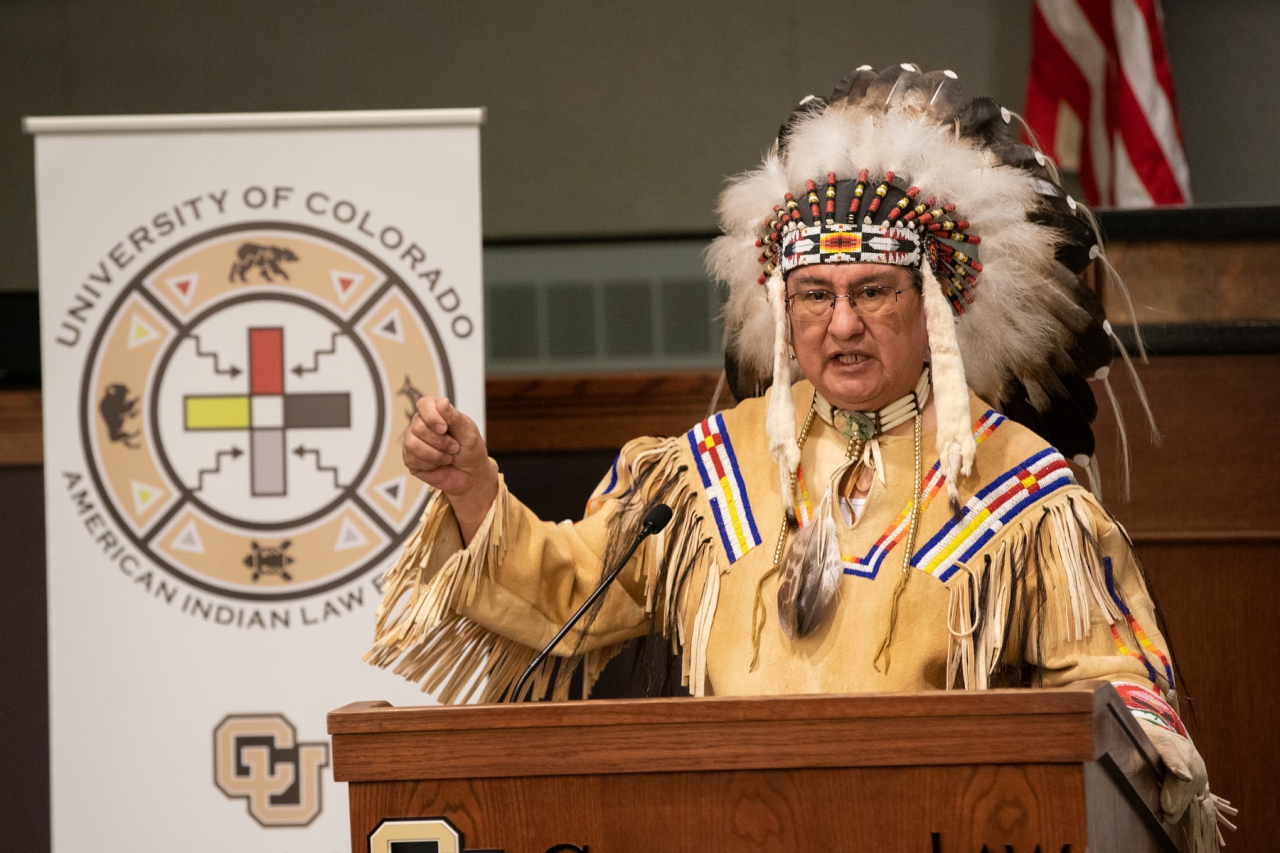United Nations Experts Convene in Colorado to Investigate the Role of Indigenous Communities in the “Green” Economies of the Future

Once a year the United Nations Department of Economic and Social Affairs holds its Expert Group Meeting on Indigenous Issues, a forum that discusses indigenous communities’ relationships with “greening” economies. This year, the panel was planned to be held in Guatemala, however, due to unforeseen political circumstances, the U.N. decided to move the event to the University of Colorado Law School in Boulder, Colorado.
Kristen Carpenter, Council Tree Professor of Law and Director of the American Indian Law Program at the University, spoke about how lithium mining is a key consideration for this year’s panel. “Here in the United States, lithium mining often occurs or is proposed to occur, on Indigenous people's lands, thereby violating those rights,” Carpenter said. “So how do we ensure that the greening economy moves forward without further violating the rights, the livelihoods, the cultures of Indigenous peoples?”
At the opening ceremony, Ute Mountain Chairman Manuel Heart commented that “Usually they hold [the forum] in different countries. Mainly the United Nations is held in Geneva, Switzerland, or New York,” Heart said. “But today, we have the honor to have them come here to Colorado, to the Ute people's aboriginal lands.”
Insights gained from this forum will be published in a report including policy recommendations. Ute Chairman Heart states, “What is experienced by Mapuche Indians in Chile may be fundamentally different from what is experienced by Navajo Indians in Arizona and certainly different from Indigenous peoples of Burundi in Africa.” He continues “so [the forum] is about how do we gather the experience from these different communities, distill them into lessons learned, best practices, and then communicate that in an understandable format in a U.N. report.”
The full article can be found on the CPR News Website.



